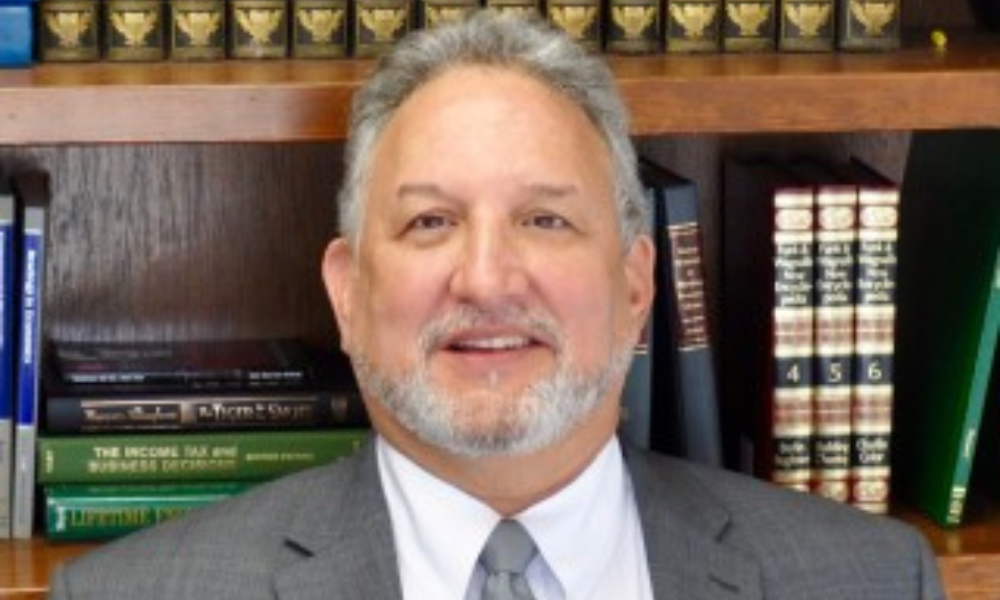[tdc_zone type=”tdc_content”][vc_row][vc_column width=”1/1″]
Trending Now
POLITICS
BUSINESS
ECONOMY
SPORTS
Alabama and Mississippi full of storylines heading into key stretch
Rivals.com national recruiting analyst Brandon Howard checks in with several key recruiting storylines to follow out of Alabama and Mississippi.CALEB CUNNINGHAM DOWN TO...
HEALTH
Heart Risks After Pregnancy-Related High Blood Pressure in Latinas
Monica Cantu and her husband were overjoyed to learn they were expecting twins, a boy and a girl. The couple couldn’t wait to meet...































